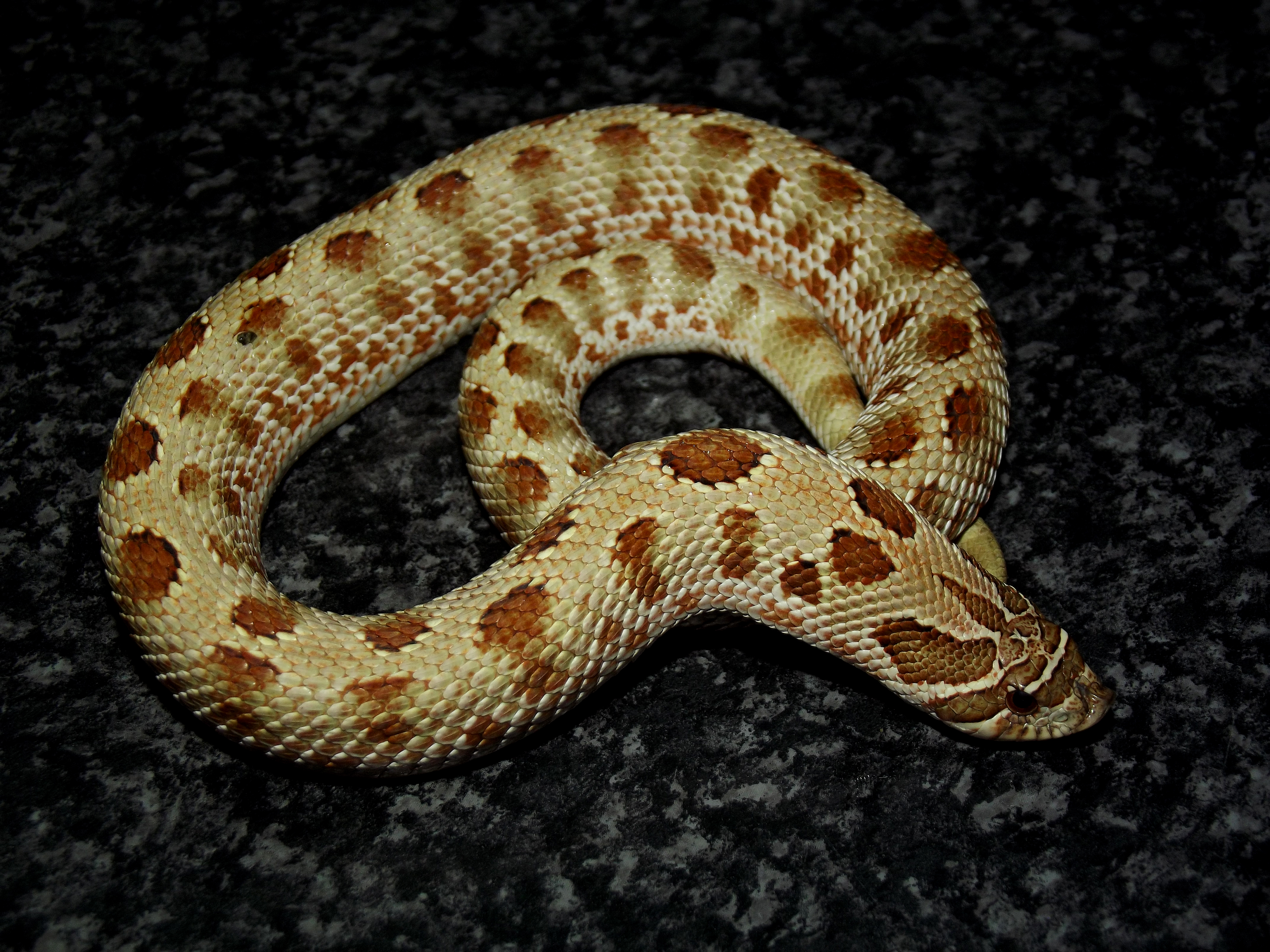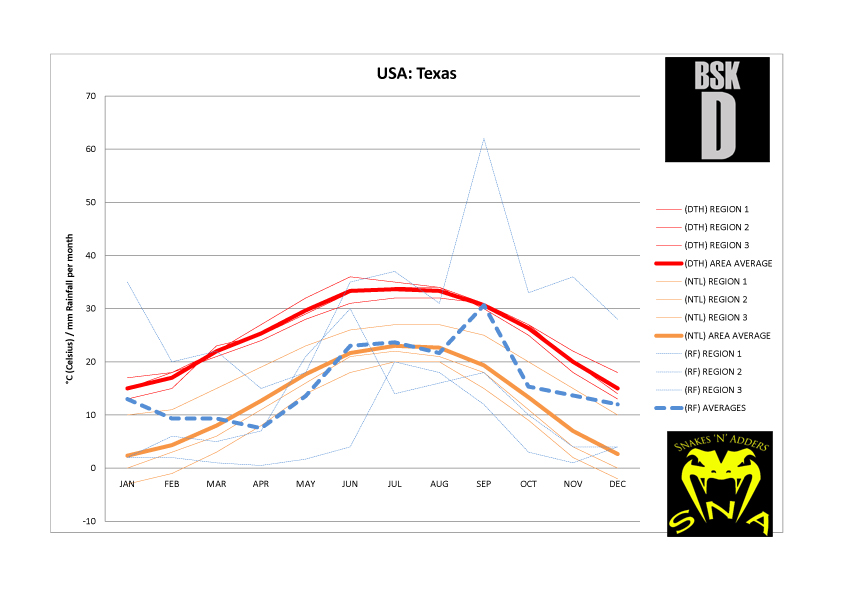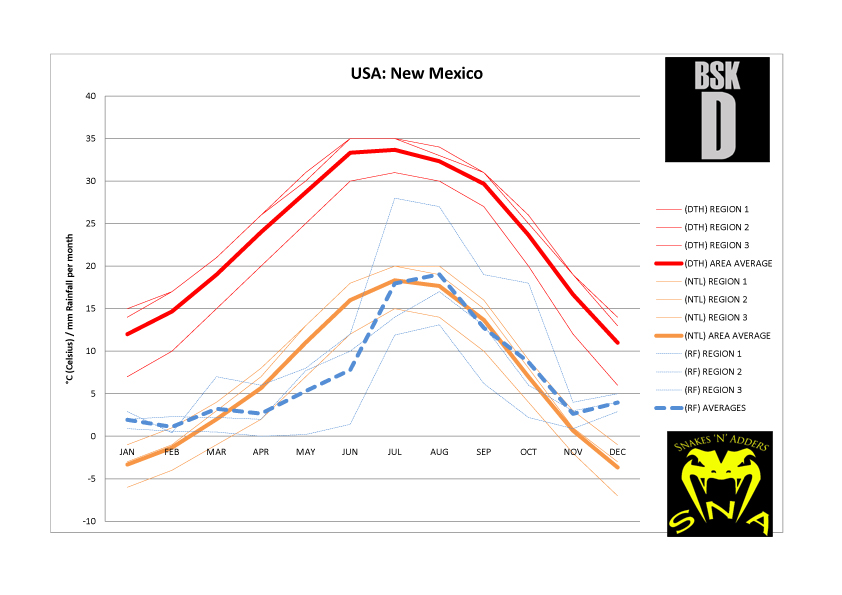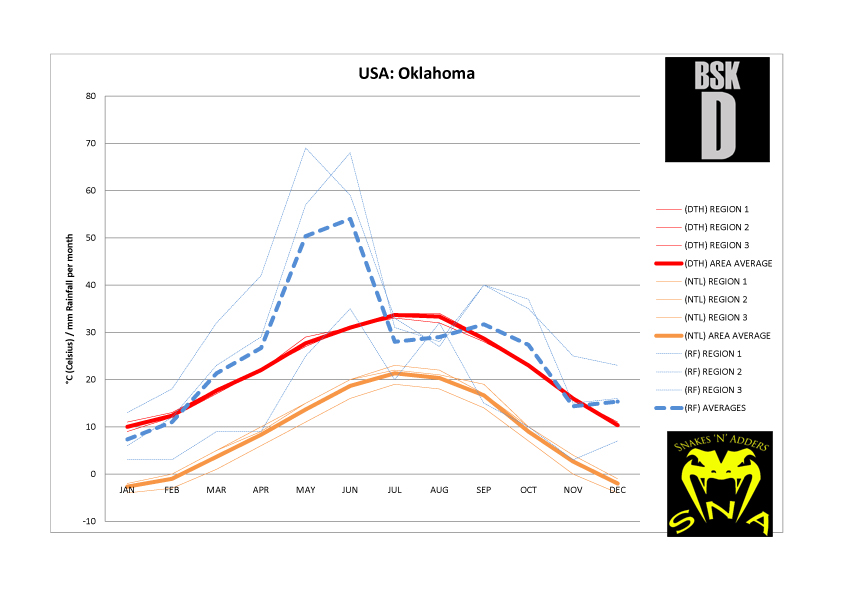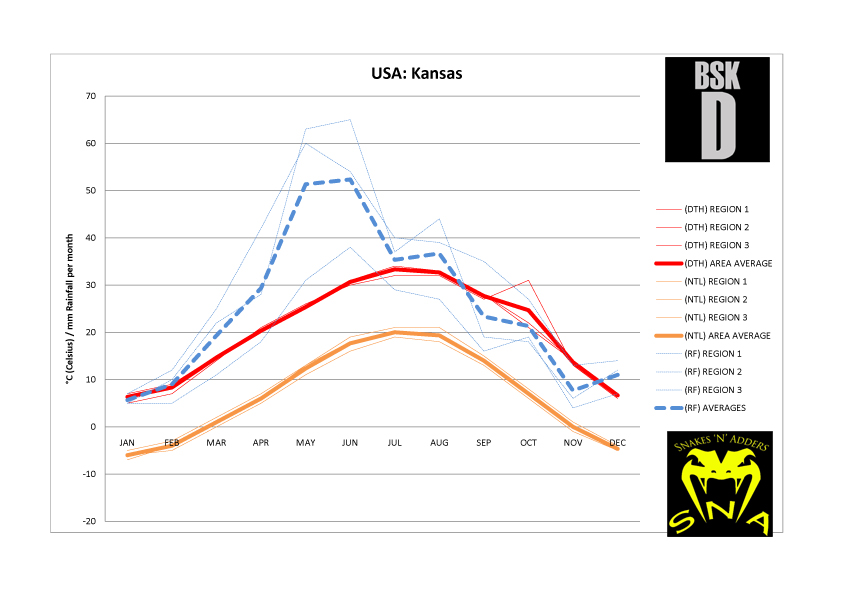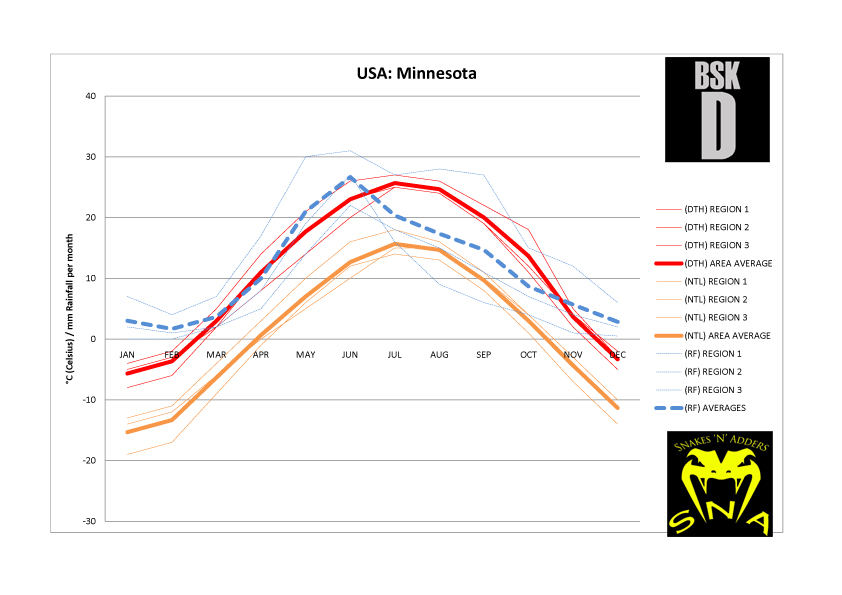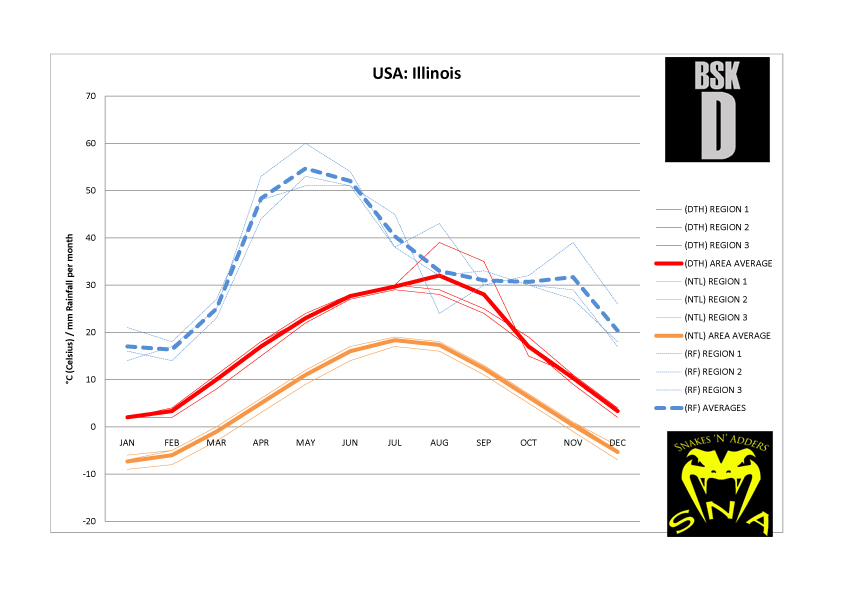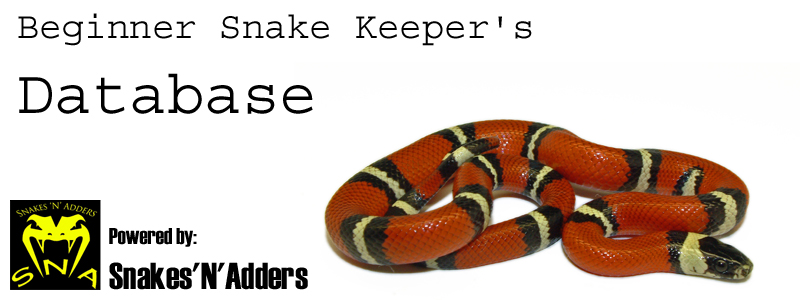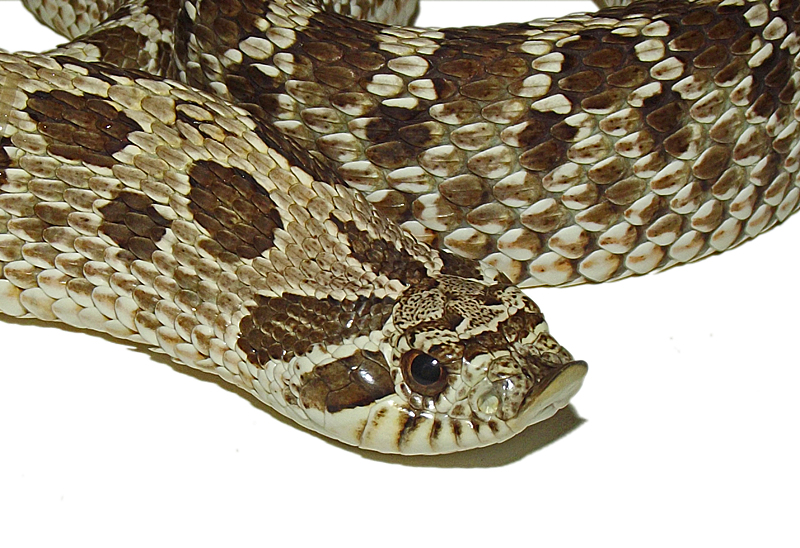
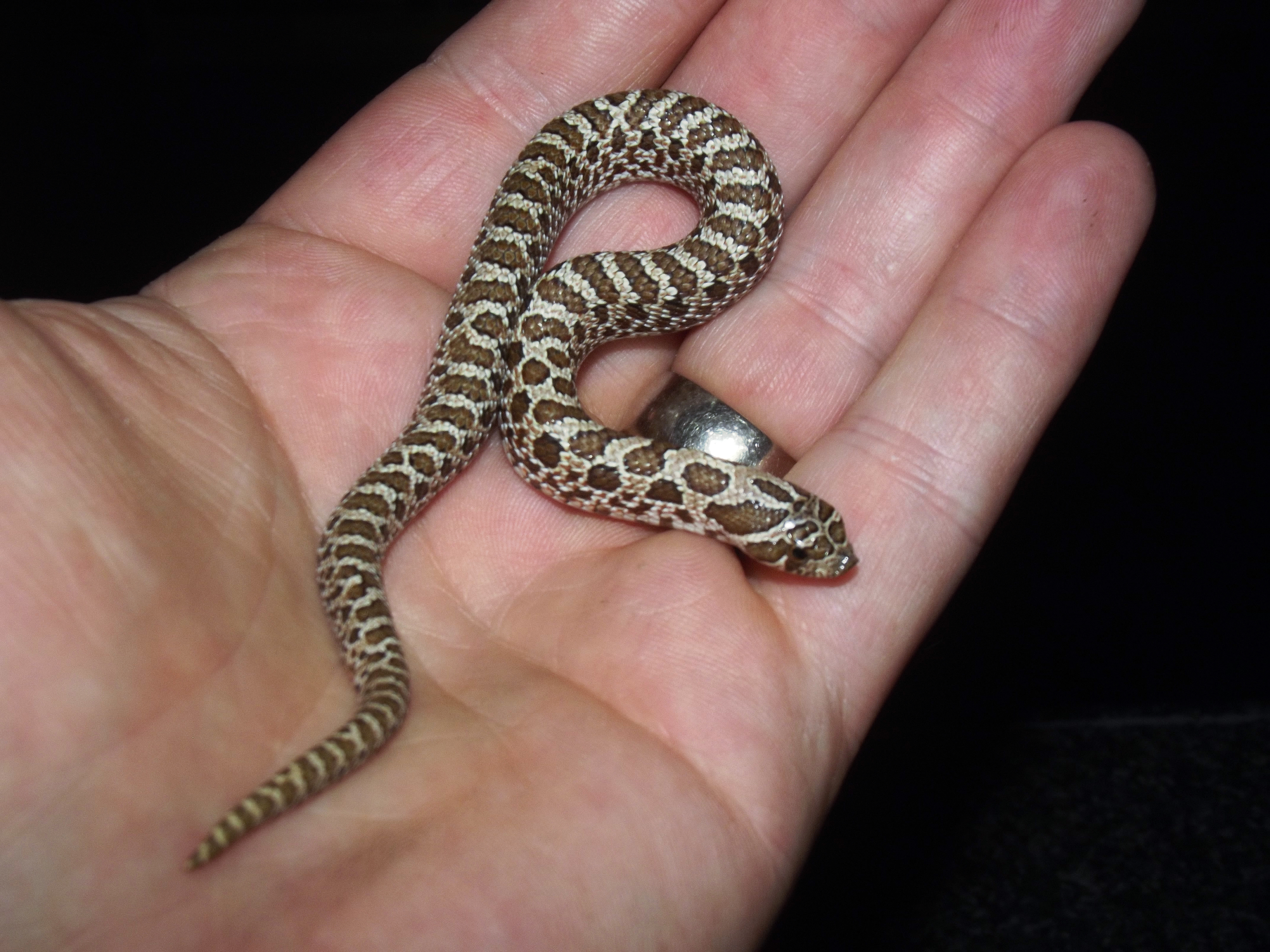
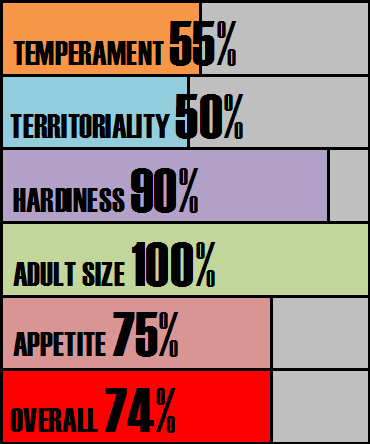

Species Notes based on experiences:
Western Hognose snakes are incredibly popular snake which seem in no small part to have been bolstered by the advent of so many new colour morphs. Inevitably this has drawn a lot of keepers to look at this species a potential first pet. In fact because so many breeders are producing them they are being considered as a true novices’ first pet. This could be problematic for a number of reasons. Carrying on reading below to discover why;
Score analysis:
Temperament with Western Hog noses is a mixed bag. Some snakes are tame and will not make a murmur upon being handled. Others will hiss loudly, flatten their neck, bluff strike and if all else fails flip over onto their back and play dead with their tongue hung out and musk and urine sprayed everywhere for good measure. There are also examples that can appear quite sneaky and will be quite happily sat in hand and then nuzzle a nearby finger before slowly opening their mouth and biting said finger. With such a little snake you would be forgiven for thinking that this was highly amusing but the truth of it is this snake is a rear fanged mildly venomous species. There for course is no threat to life but certain people will react to the bite quite badly. Localised swelling (edema), pains, aches and possibly even blistering. For this reason it is one of the lowest scoring snakes on the entire website.
Hog noses can be divas. They love putting on a show, they can be very vocal which is off putting to novices. This doesn’t always subside when in the hand either. Flattening of the neck, ‘S’ing up of the body and bluff strikes are all within their repertoire. If all else fails a particularly threatened Hog nose will spray the contents of its musk gland over they body and roll onto its back showing off its gloss black belly scales. The snake will hold its breaths and roll the tongue out of its gaping mouth. This species is very effective at playing dead.
Hardiness is a trump card of the Western hog nose. Less so in its Southern Range but venturing North into the great plains this is an exposed an harsh environment at times. Particularly through Kansas, Minnesota and Illinois during the winter this snake has obviously become highly adaptable and resilient. This translates well to captive care. This will also explain the winter fasting that the species is well known for. Their body clock essentially shuts them down for winter.
Females exceptionally can reach 90cm in length. The vast majority are around 70cm and exceedingly heavy built. Males are considerably smaller, and capable of reproduction at 45cm in length. Even males are proportionally heavy set compared to other snakes and will accept pink mice from birth. This huge difference in adult sexes we call sexual dimorphism. It isn’t seen a huge amount in colubrid snake but is commonly place in Boa and Python species.
For the most part Hog nose snakes have good appetites. Of the Heterodon species this has been the most successful at transitioning to captive life. Predominantly frog and toad specialists in the wild the other species of Heterodon have not transitioned onto the staple mammal prey anywhere near as well. Adult males can be hit and miss with food intake, some may only take 15 or so prey items in an entire year! Females are much more reliable taking prey with gusto. Winter can affect both sexes and put a stop to feeding. Long term and with a view to reproduction a brumation period is recommended to ensure good sperm counts in the males and ova production in females. It will also help to trim down (females) that can become obese if you are not careful
Enclosure recommendations:
Tub:
33 ltr
Vivarium:
75cm x 37.5cm x 37.5cm
Budget rig: -
30cm x 30cm heat pad
On / off thermostat
Digital thermometer to monitor thermostat performance
Warm hide
Cool hide
Water bowl
substrate
Recommended rig (vivarium only): -
100w ceramic heat emitter
Ceramic lamp holder and bracket
Bulb guard
Day night thermostat
Digital thermometer to monitor thermostat performance
Various caves along the thermal gradient
Damp hide
Plants and foliage (live or artificial – your choice)
Water bowl
Substrate
UVB light (8w T5 shade dweller 7% kit from Arcadia or equivalent) (optional)
Subterranean section to vivarium for further psychological security (optional)
Climate analysis:
Northern parts of this species’ range are particularly harsh in winter with certain regions approaching -20°c. Most of the Northern range would see an average winter cool spell of around -5°c. This snake would brumate for a protracted period in these regions. Even certain areas in Southern sectors of the range can be very cold mid winter with even New Mexico’s average night time low approaching -5°c.
Summer peak temperatures may also prove to be extreme again with New Mexico’s mid summer day time high reaching upwards of 35°c air temperature. Surfaces during this time could exceed 70°c. This snake would then have to modulate activity level to manage this changeable environment changing from diurnal to crepuscular to nocturnal as the local climate allowed.
Conclusion:
We struggle with the idea of this being a beginner snake. Peer pressure has essentially seen us include the species on the website. Because they are so widely bred in captivity it is hard to not include them at least to offer further comment on their attributes as pet snakes. Of course there are tame Hog Noses and some make wonderful pets. Their moods seem to be so changeable and the risk of being bitten out of nowhere is ever present. Meeting the individual and holding for a decent amount of time with be pivotal to deciding if this is the species for you.
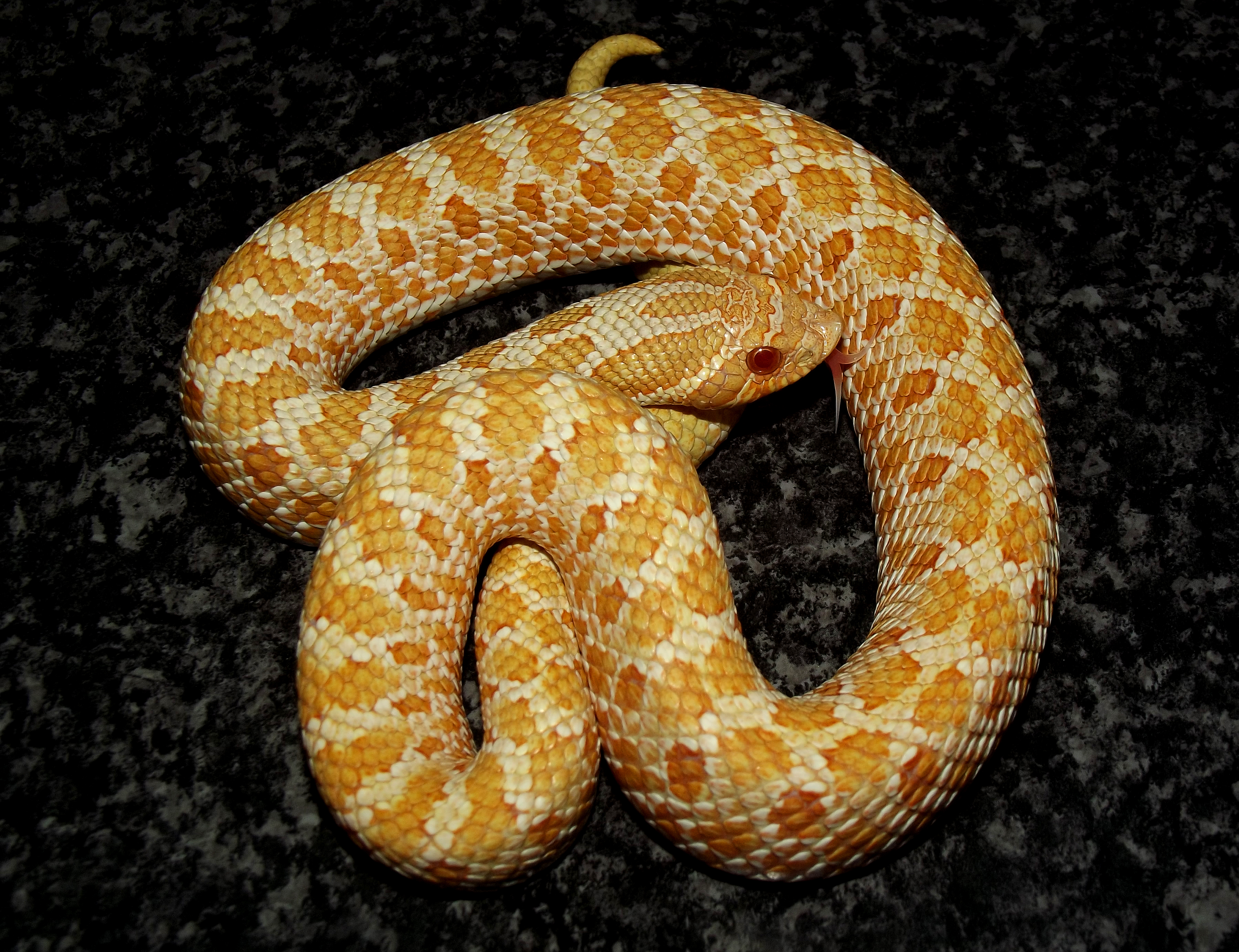
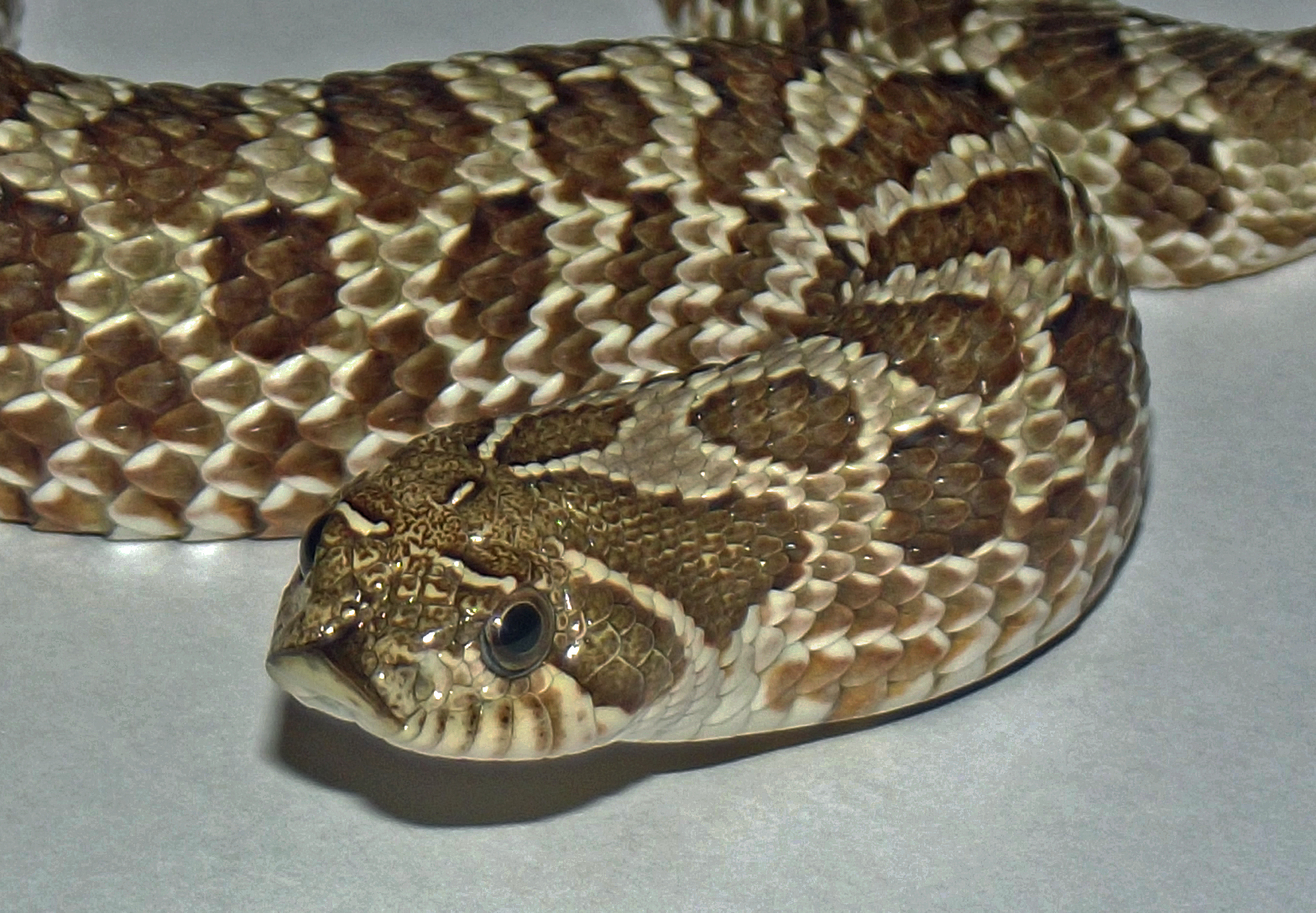
.jpg)
